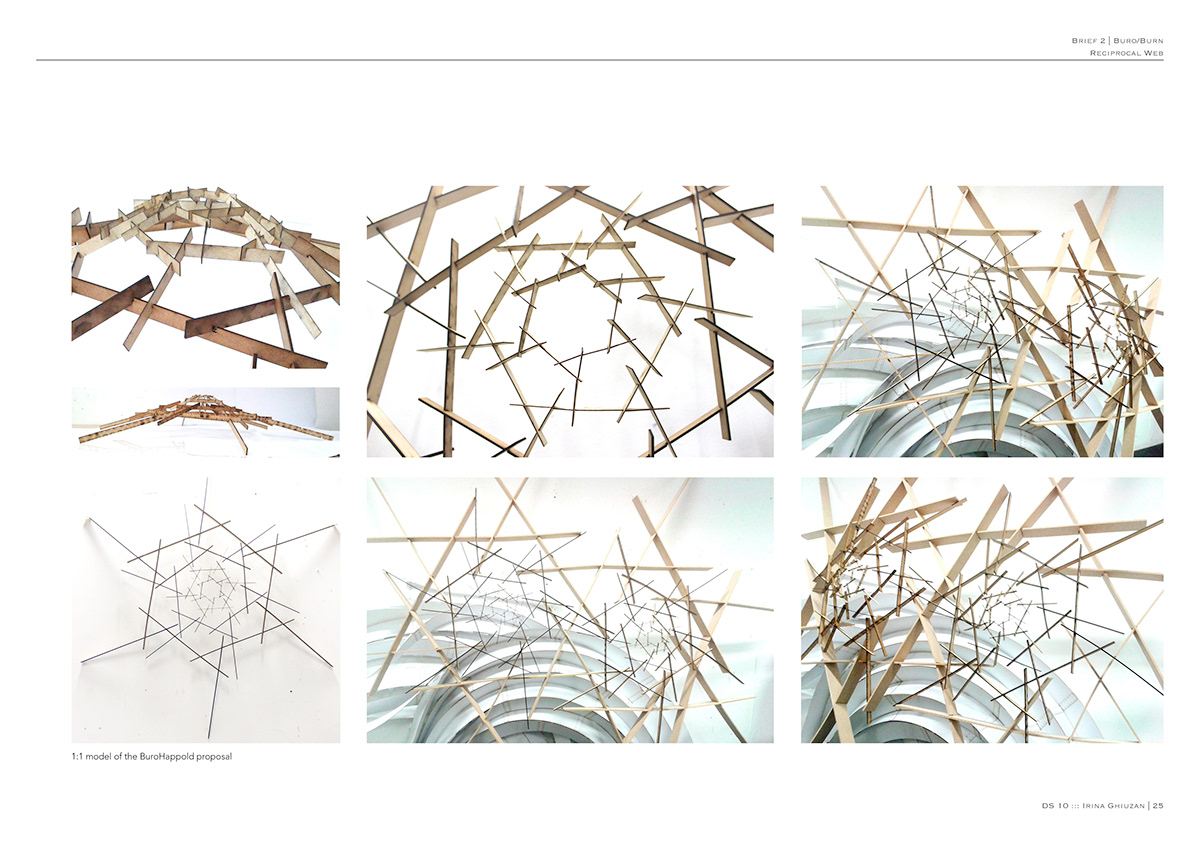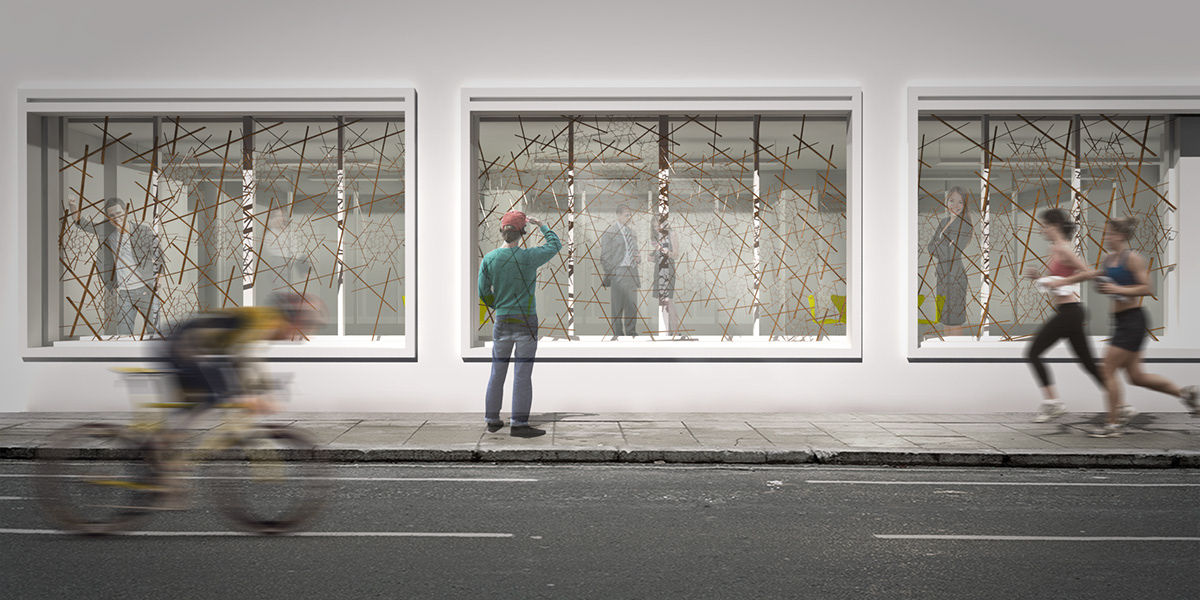In 1973, before the founding of BuroHappold, Edmund Happold, Ian Liddell, Vera Straka, Peter Rice and Michael Dickson established a lightweight structures research laboratory corresponding to Frei Otto’s similar research institute at the university of Stuttgart. Ted Happold was the first to introduce ethylenetetrafluoroethylene (ETFE) as a cladding material, and the outcomes of the research carried out by the laboratory led to the development of the designs for the Mannheim Multihall gridshell and a number of landmark fabric structures in the Middle East and the UK, allowing the new building forms to become generally accepted by architects and clients.
The Mannheim Multihalle timber gridshell incorporates key values the practice holds to this day: rigour, research and analysis underpin a robust understanding of each problem which leads to adaptive, long-term, cost effective and innovative solutions. Environmental, economic and social aspects have always been at the core of BuroHappold’s designs, and it is these values which I strived to incorporate into my proposal.

Reciprocal web is a lightweight timber structure which uses the principles of a reciprocal system to create an intricate yet simple geometry. A reciprocal system is formed out of three or more elements which support each other to form a rigid structure. It is an adaptive, efficient and strong system with an enormous potential and an impressive applicability from window displays to spanning very large spaces without the need of additional support.
For BuroHappold’s 71 Newman Street office I propose a window display that uses the principles of this system to create a network of lightweight interlocking timber elements generating a visually intriguing and innovative recursivity. This elegant but honest display tries to bridge the gap between engineering and architecture, reclaiming engineering where it has been lost.






